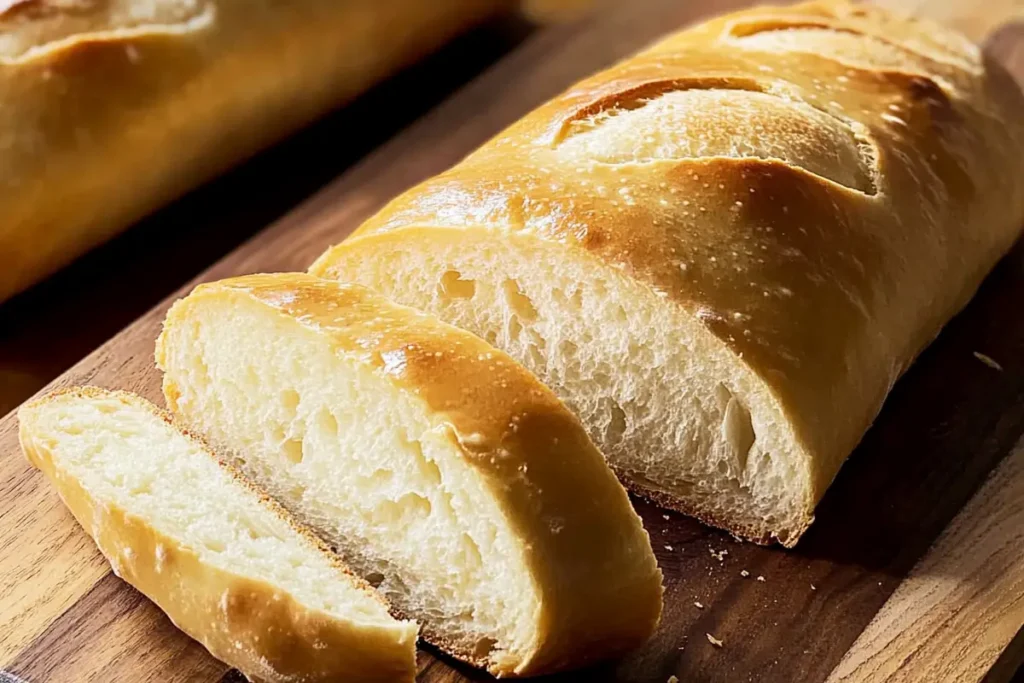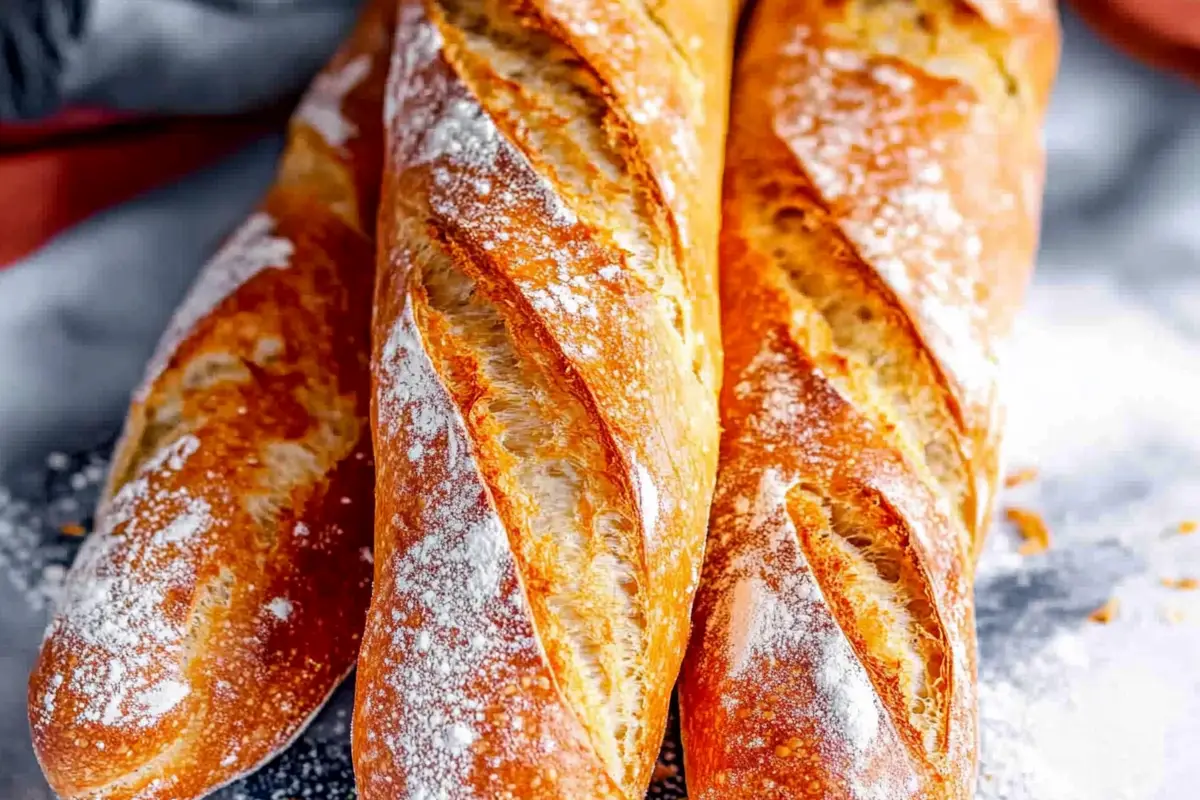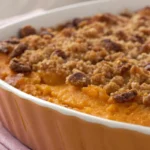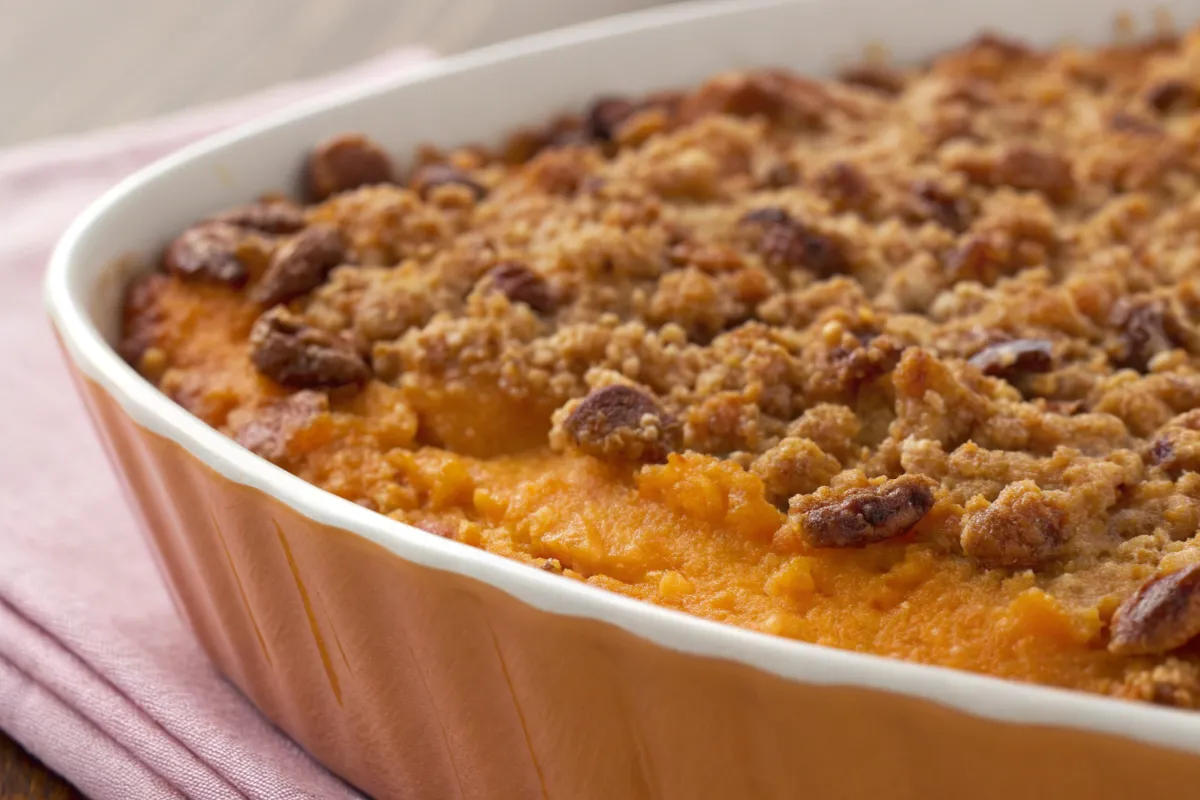Nothing beats the aroma of freshly baked French bread straight from the oven. With its crisp, golden crust and soft, airy interior, this classic bread is a staple in French cuisine and a must-have for any bread lover. Whether you enjoy it slathered with butter, as a sandwich base, or dipped into a rich soup, mastering a homemade French bread recipe is a game-changer.
French bread, particularly the baguette, is an essential part of daily life in France. Bakeries, or “boulangeries,” line the streets, filling the air with the irresistible scent of fresh loaves. The secret to its signature texture? A simple yet precise combination of flour, water, yeast, and salt—plus a little technique to get that crispy crust and tender crumb.
This French bread recipe is beginner-friendly, requiring only a handful of ingredients and basic kitchen tools. If you’ve ever wanted to bake authentic French-style bread at home, this guide will walk you through every step, from kneading the dough to achieving the perfect bake.
Table of contents
Recipe Card
Why This Recipe Works
1. The Ideal Crust-to-Crumb Ratio
A great French bread recipe is all about balance—crispy on the outside, light and airy on the inside. The key is in the baking method, which involves steam to create a crusty exterior while maintaining a soft center.
2. Simple Ingredients, Incredible Flavor
With just four ingredients—flour, water, yeast, and salt—this recipe proves that simplicity can yield extraordinary results. The fermentation process enhances the flavor, giving your bread that signature, slightly tangy depth.
3. No Special Equipment Needed
You don’t need a fancy bread machine or expensive tools to make delicious French bread. A baking sheet, mixing bowl, and a bit of patience are all it takes to create a masterpiece.
4. Perfect for Every Occasion
From a hearty breakfast with butter and jam to a crispy base for bruschetta, French bread is one of the most versatile baked goods. Use it for sandwiches, serve it alongside pasta, or simply enjoy it fresh with a drizzle of olive oil.
Additional Tips for the perfect French Bread Recipe:
- Speed up the rising time: If you’re in a hurry, let the dough rise in a slightly warm oven. Preheat the oven to 170°F (77°C) for a few minutes, then turn it off before placing the covered dough inside. This will create a warm environment and reduce rising time by up to 50%.
- Measure ingredients by weight: Using a kitchen scale to measure your flour and water will give you more accurate results and a consistent texture. Too much flour can make the bread dense, while too much water can make it sticky and hard to knead.
- Enhance flavor and texture: For a richer flavor, add a tablespoon of olive oil or melted butter to the dough. For a more artisan texture, sprinkle some cornmeal on the baking sheet before placing the loaves. This creates a rustic bottom crust reminiscent of the best French baguette bread recipes.
- Achieve a super crispy crust: For an even crunchier crust, mist the loaves with water just before placing them in the oven. You can also open the oven door halfway through baking to release steam, which helps develop a deep golden crust.
- Store and reheat properly: To keep your bread fresh, store it in a paper bag or loosely wrapped in a clean kitchen towel. If the crust softens over time, simply reheat the bread in a 350°F (175°C) oven for 5-7 minutes to bring back its crispness.
Variants of the French Bread Recipe
1. Classic Baguette
A long, slender loaf with a golden crust and airy crumb, the baguette is the most well-known French bread. It’s perfect for sandwiches, dipping in soups, or enjoying with cheese and wine.
2. French Boule
A round, rustic loaf with a thick crust, the boule is ideal for making bread bowls or serving alongside hearty stews.
3. Whole Wheat French Bread
For a healthier take, replace half of the white flour with whole wheat flour. This version is slightly denser but offers a nutty flavor and added fiber.
4. Garlic and Herb French Bread
Infuse your dough with minced garlic, rosemary, thyme, or basil for a fragrant and flavorful twist. Perfect for serving with pasta dishes!
5. Sourdough French Bread
Incorporating a sourdough starter instead of commercial yeast adds complexity to the flavor, giving the bread a subtle tang and chewier texture.
6. Cheesy French Bread
Mix shredded Parmesan, Gruyère, or cheddar into the dough for a cheesy, crispy crust. This variation is amazing as a side for soups or on its own.
7. Mini French Bread Rolls
Instead of making one large loaf, divide the dough into smaller portions to create French bread rolls. These are great for sliders or individual sandwiches.
Serving Suggestions

French bread is incredibly versatile and can be enjoyed in numerous ways. Whether you’re using it fresh, toasted, or transformed into another dish, here are some of the best ways to serve this classic loaf.
1. Simple with Butter and Jam
There’s nothing like warm, freshly baked French bread slathered with butter. Add a spread of fruit jam or honey for an easy yet satisfying breakfast.
2. Classic French Bread Sandwiches
French bread makes the perfect sandwich base, especially for these classics:
- Jambon-Beurre – A Parisian favorite made with ham and butter.
- Banh Mi – A Vietnamese sandwich filled with marinated meats, pickled vegetables, and herbs.
- Cheesy Garlic Bread Sub – Toast the bread, add garlic butter and cheese, and bake until bubbly.
3. Soup and Stew Companion
French bread is ideal for dunking into thick soups and stews. Pair it with:
- Old-Fashioned Vegetable Beef Soup for a hearty meal.
- Creamy Tomato Soup for a classic comfort food combo.
- French Onion Soup – Toast slices of French bread, top with melted cheese, and serve on the soup.
4. Toasted Crostini or Bruschetta
Slice the bread into thin rounds, toast them, and top with various spreads such as:
- Tomato and basil for a fresh bruschetta.
- Goat cheese and honey for a sweet-savory balance.
- Avocado and smoked salmon for an elegant touch.
5. Make French Toast
Use slightly stale French bread for the best French toast—it soaks up the egg mixture without getting too soggy. Add cinnamon, vanilla, and a drizzle of maple syrup for a decadent breakfast.
6. Croutons for Salads and Soups
Chop up stale French bread, toss with olive oil and seasoning, and bake until crispy for homemade croutons. These add a wonderful crunch to Caesar salads and creamy soups.
7. Bread Pudding
Turn leftover French bread into a rich, custardy dessert. Soak the bread in a mixture of eggs, milk, sugar, and spices, then bake until golden brown.
8. Dips and Spreads
Slice and toast the bread to serve with:
- Cheese Crisps for a cheesy appetizer.
- Hummus, baba ganoush, or tzatziki for Mediterranean flavors.
- Spinach and artichoke dip for a creamy, indulgent treat.
FAQs
To achieve that signature crispy crust, bake the bread at a high temperature (around 450°F) and place a pan of water on the bottom rack of the oven. The steam from the water helps create a golden, crunchy crust.
Fresh French bread is best enjoyed the day it’s made. However, you can store it at room temperature in a paper bag for up to 2 days. To keep it longer, freeze it in an airtight bag, and reheat in the oven when ready to enjoy.
Yes! French bread dough can be mixed and kneaded by hand. Knead for about 8-10 minutes until the dough is smooth and elastic. It may take a little extra effort, but the results are just as delicious.
… and to conclude
Mastering a classic French bread recipe is easier than you think. With just a few ingredients, you can create a delightful loaf with a perfect crust and tender inside. Whether you’re looking for the best French bread recipe or experimenting with a simple, easy French bread recipe, this method will deliver exceptional results every time.
If you love the flavor of freshly baked bread but want to try something with a bit more complexity, consider exploring sourdough sandwich bread. Unlike the straightforward ingredients in this French bread recipe, sourdough relies on a natural fermentation process using a starter, giving it a distinct tangy taste and chewy texture. It’s a fantastic option for making hearty sandwiches or delicious toast with added depth of flavor.
And what is better than Beach Plum Jelly to use as a sweet spread on the French bread!











Leave a Reply